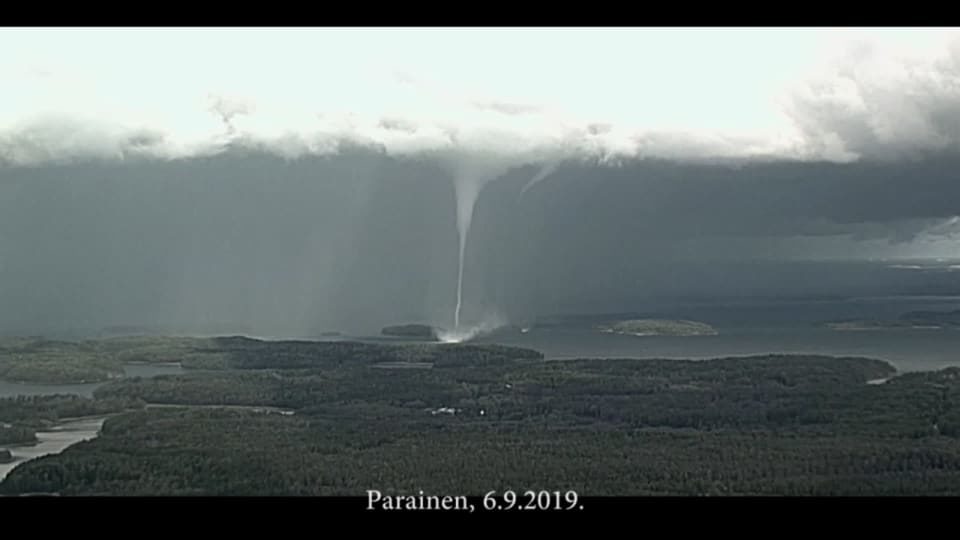OF THE
TIMES
A nation that continues year after year to spend more money on military defense than on programs of social uplift is approaching spiritual doom.
...next part... 10 Who is the main beneficiary of these deaths? It is known that it was not the WHO itself, but officials who also suffered. The...
They are throttling the poor farmers and taking their land for peanut prices. This all combines to an enormous attack on the common folk and...
...next part... 8 On February 2, 2024, an order of the Prime Minister of the Russian Federation M.V. was published. Mishustin of January 31, 2024...
...next part... What does Webb advise? First, buy gold and silver bullion coins (for example, Canadian Maple Leaf or American Eagle). Second,...
...next part... 6 Well, now about the most important issue of this meeting - the slogan "Restoring trust". About what kind of trust, in whom and...
To submit an article for publication, see our Submission Guidelines
Reader comments do not necessarily reflect the views of the volunteers, editors, and directors of SOTT.net or the Quantum Future Group.
Some icons on this site were created by: Afterglow, Aha-Soft, AntialiasFactory, artdesigner.lv, Artura, DailyOverview, Everaldo, GraphicsFuel, IconFactory, Iconka, IconShock, Icons-Land, i-love-icons, KDE-look.org, Klukeart, mugenb16, Map Icons Collection, PetshopBoxStudio, VisualPharm, wbeiruti, WebIconset
Powered by PikaJS 🐁 and In·Site
Original content © 2002-2024 by Sott.net/Signs of the Times. See: FAIR USE NOTICE

Reader Comments
to our Newsletter